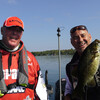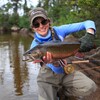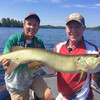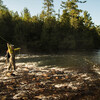
Topwater Time in Northern Ontario
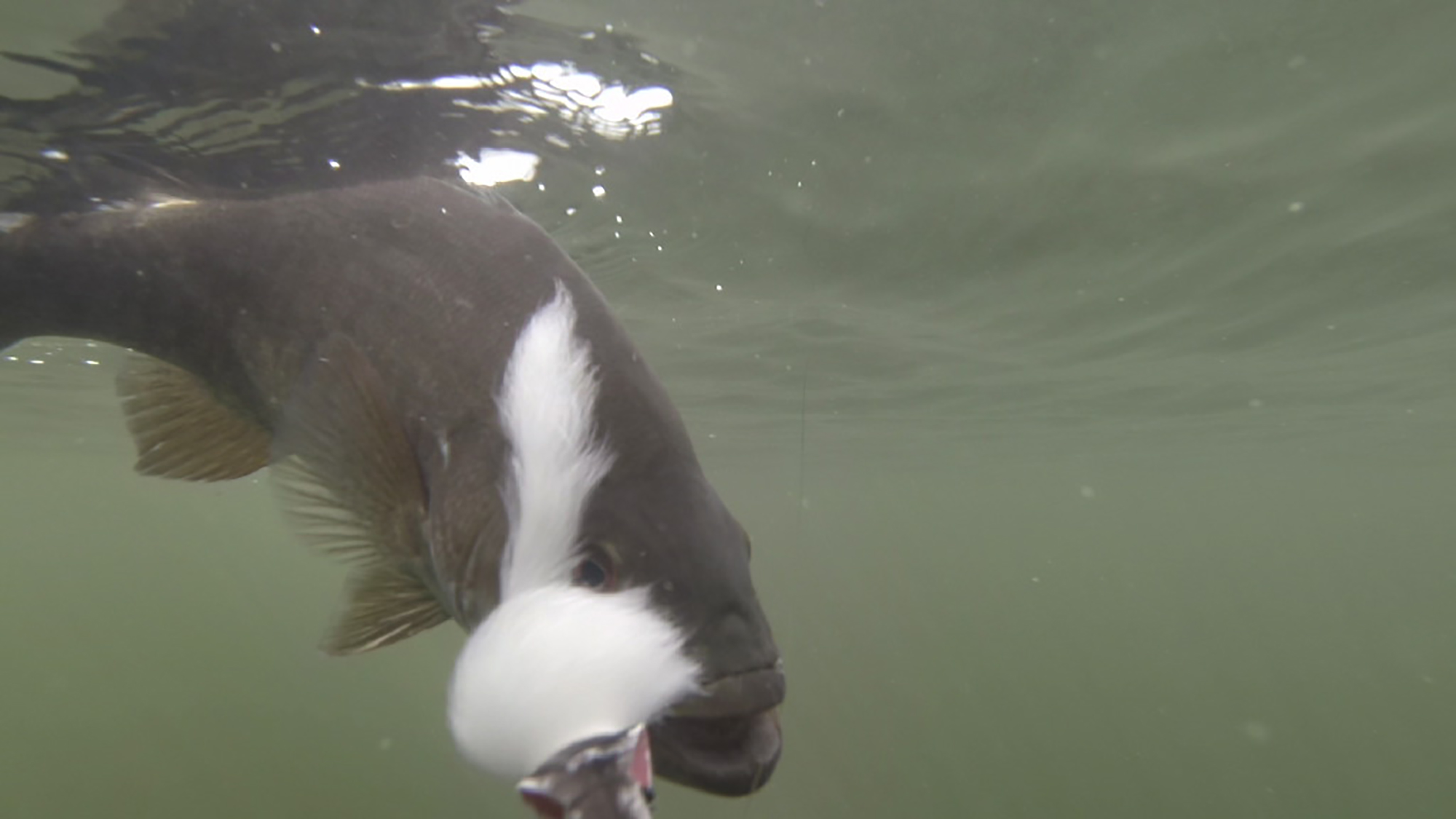
If there is a fish and a presentation that is misunderstood, especially by anglers visiting Northern Ontario for the very first time, it is smallmouth bass and the most exciting and addictive way to catch them.
Casting with surface lures.
The reason for the confusion is that many anglers -- usually from the United States, where summer water temperatures in local lakes and reservoirs typically climb into the mid-80s and even 90 degrees Fahrenheit -- think the water is too warm.
It's back home, where the smallmouth head for deep water and suspend or hug the bottom in the cooler confines. Indeed, if these bass-lovin' folks want to get in on a topwater bite, it is usually a short-lived early morning or late evening love affair.
Unfortunately, however, when these same anglers head north to God's country and visit one of the tens of thousands of lakes and rivers in Northern Ontario that harbour smallmouth, they bring along this preconceived notion with them.
They should leave it at home.
The truth of the matter is, it is almost always topwater time in Northern Ontario, where even in the middle of summer, at high noon, under a scorching hot sun, the water temperature still hovers in the temperate mid-70°F range.
Making for perfect topwater conditions.
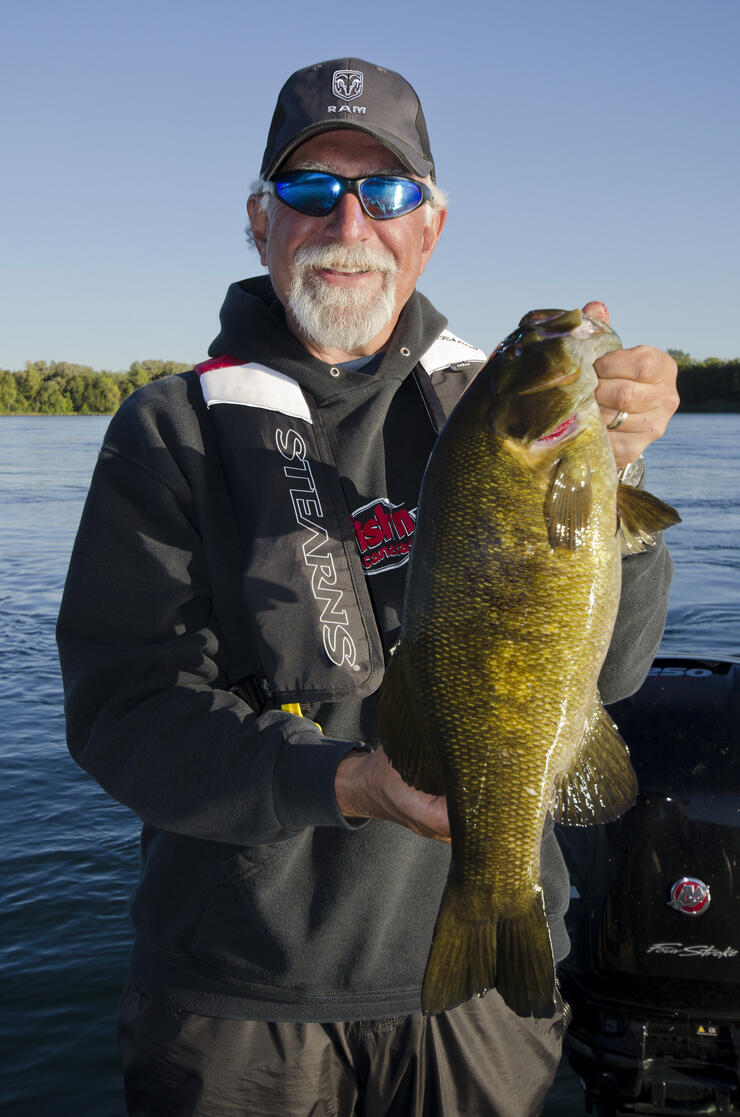
So, while there is no question that early morning and late afternoon are still peak periods, many days you can cast surface lures from sunrise until sunset and wear out your arms catching bass.
"I don’t think this will come as much of a shock to anyone that knows me," chuckles buddy Angelo Viola, host of the Fish 'N Canada Television Show, "but my favourite presentation for smallmouth bass in the summer is using topwater lures."
According to Viola, he first discovered the magic power of surface baits at the ripe old age of 12. And he did it using one of the most famous lures of all time, the original Hula Popper. But, he confesses, it wasn’t until 25 more years had passed that he became fascinated with the power of the presentation.
"It happened while I was fishing with an old buddy," says Viola. "None other than bass fishing legend Roland Martin. We got caught in an unusually thick patch of fog one morning that kept us from navigating through a stretch of Lake Temagami, in Northeastern Ontario, so we had no choice but to hunker down and wait until it cleared.
"The only problem was that we were at the mouth of a narrow, 60-foot-wide channel, between two massive granite cliffs towering 100 feet on either side. And the water was 40 feet deep. Not exactly ideal fishing grounds. Or so I thought.
"Over the next 45 minutes, Roland and I proceeded to boat 21 smallies over 3 pounds. The biggest one was a grotesquely plump 5 ¾ pound Lake Temagami bronzeback. And you guessed it, we caught them all on surface lures.
"That experience was when I started to truly appreciate the dynamics of surface activity and hungry Northern Ontario smallmouth bass."
Viola's love affair with topwater presentations has led him to dispel many fairy tales. Like the myth that these lures only attract shallow fish.
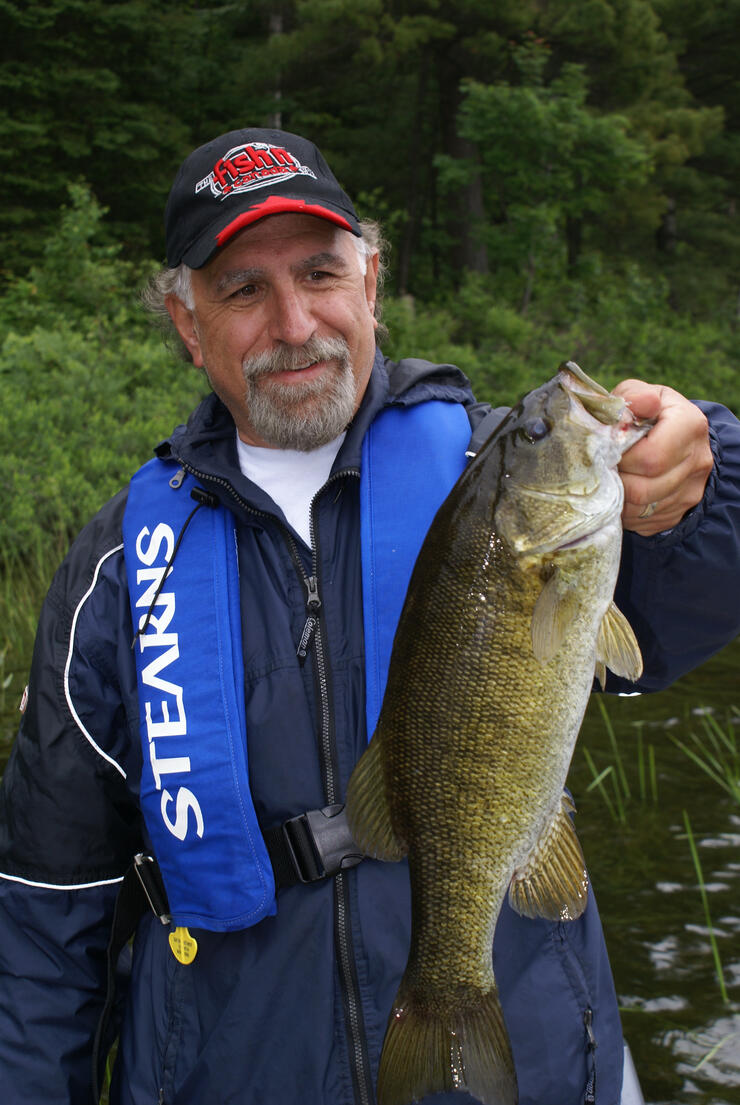
"I use surface baits today as much in deep water as I do in shallow," explains Viola. "Of course, shallow and deep are relative terms, but let’s use 10 feet as our benchmark to distinguish one from the other. Once you understand that all fish, but especially ambush predators like bass, rely on the element of surprise to capture their prey, then you realize that the surface is one of the best ambush spots in the water column."
Viola, who is about to launch a fascinating new surface lure he calls the "Mighty Mo," says anglers should think about the surface the same way they look at a weed edge.
"In most cases, the unsuspecting prey is oblivious to the presence of danger lurking below it," he says, "or it's powerless to alter the inevitable conclusion: a lights-out, mass explosion.
"Since I have become obsessed with surface lures, there is no depth that I consider too deep. My personal record is catching a smallmouth over 45 feet of water. It's why I would never be caught fishing for bass without having at least two rods rigged with topwater baits."
Viola also stresses that anglers should never be afraid to experiment, stressing the importance of trying different sizes, shapes, colours and retrieve speeds.
And most important of all -- the time of day.
"I’ve caught some of my biggest Northern Ontario smallmouth," says Viola, "in the middle of the afternoon. I’ve also found that it is a good habit to use monofilament line because it floats and helps keep your bait up high on the surface.
"Mono also stretches, so it compensates if you set the hook too soon, as you're likely going to do when you see a big Northern Ontario smallmouth explode on your lure."
Recommended Articles

10 Facts About Lake of the Woods

Lakers of Lower Manitou: Fishing Just North of the U.S. Border

Predicting Lake Thickness

Eating Northern Pike

Top 5 Baits for Smallmouth and Largemouth Bass

Crawford’s Diamond in the Rough
Ontario Brook Trout

Magical Montreal River Bass

Casting for Coasters
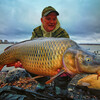
World Class Carp
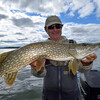
Don't Forget The Umbrella
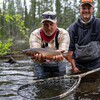
In Search of Brookies

Beaded Lures

Drive-to Ontario Lodges

The Tigers of Sunset Country
Indian Lake Lodge

5 Places to Shore Fish
